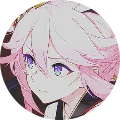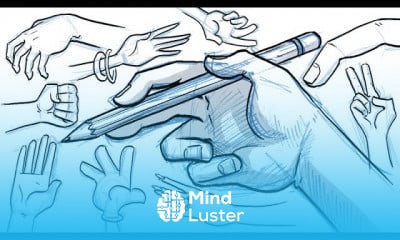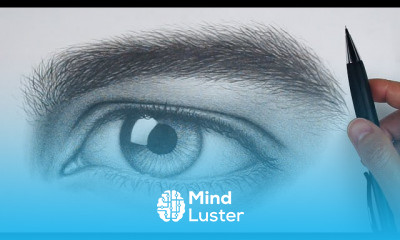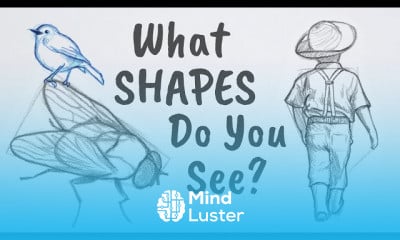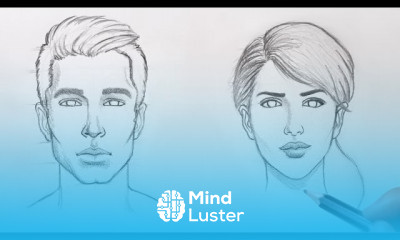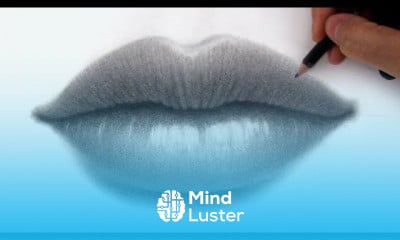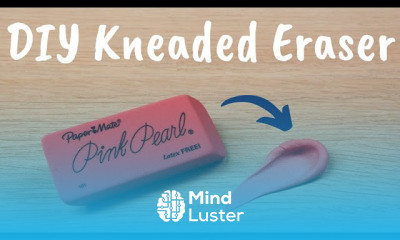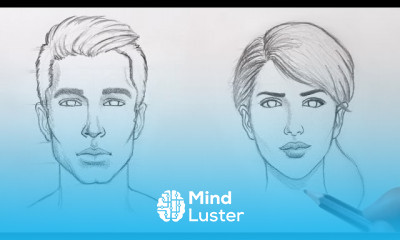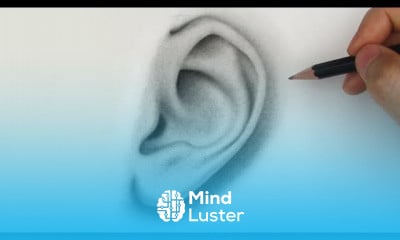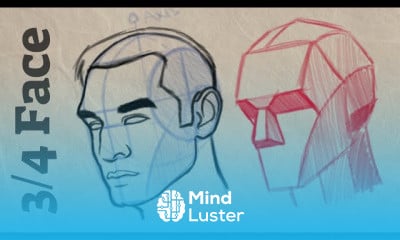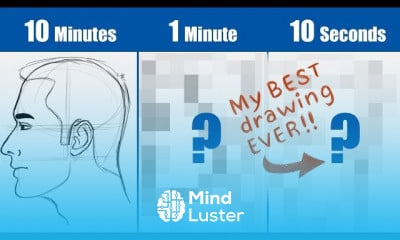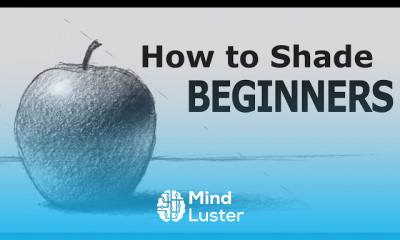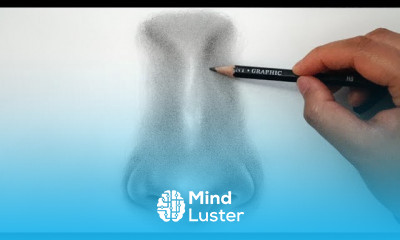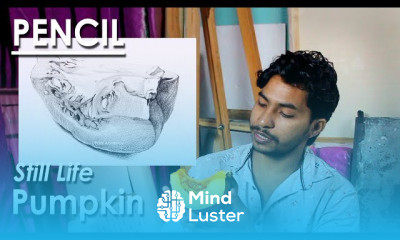How to Shade A Rose in Watercolor Pencil
Share your inquiries now with community members
Click Here
Sign up Now
Lessons List | 54
Lesson
Show More
Lessons
Comments
Related Courses in Drawing
Course Description
Why Use Watercolor Pencils?
Watercolor pencils are a unique medium for creating art. They combine drawing with painting in a manner that no other medium can replicate.
Watercolor pencils are a medium that give the artist the best of both worlds of painting and drawing. They are similar to colored pencils but behave differently when water is added. This is because colored pencil pigment is held by a waxy or oil-based binder, while watercolor pencils have a water-soluble binder.
Because the medium is encased inside of a pencil that can be sharpened, the artist can create detailed and delicate marks that may be difficult to achieve with a brush.
How to Use Watercolor Pencils
The manner in which watercolor pencils are used is ultimately up to the artist. But, as with any medium, there are some things that may be helpful to keep in mind. Here are a few suggestions for drawing with watercolor pencils...
Activate Watercolor Pencil Applications with Water
Watercolor pencils are designed to be used with water, which can be applied with a soft brush after making marks with the pencil. This process is called activation. Once the material has been "activated", it behaves like watercolor.
Typically, water is applied with a brush, but sponges and other tools can be used as well. Nylon brushes work well for this, but natural hair brushes work too. Bristle brushes are typically used for heavier bodied media like oils or acrylics, so it may be best not to use them with watercolor.
Watercolor pencil techniques
Layer and "Mix" Colors"
Watercolor pencils can be mixed, mostly through layering. To mix colors, apply one color and then layer an application of a second color over the top or right next to the first color. Then, activate the area with water. The colors will mix together.
To produce additional depth in the color and additional mixing, allow the first layer to dry completely. Then you can repeat the process with another round of mixed colors over the top of the dried area.
I would suggest layering only a few colors at a time to prevent muddied colors. I would not suggest mixing more than 4 colors at once. You can also have a test sheet of paper on hand to test your mixtures prior to applying them to your finished work.
Experiment
As is the case with any art medium that you use, experimentation is important. Try applying the pencil directly to an area that is saturated with water to create interesting effects and bold applications of color.
Take Color Directly from the Pencil Tip
You aren't limited to applying the pencil to the surface. You can also take the pigment directly from the tip of the pencil with a brush loaded with water. You can then apply the color directly to the surface with a brush, just like with traditional watercolors. This technique often results in a lighter and less intense application of color.
The Watercolor Workshop
"The Watercolor Workshop" video course is a comprehensive learning experience designed to provide the student with the most comprehensive approach to watercolor painting.
VIEW COURSE
Surfaces for Watercolor Pencils
Watercolor pencils should be applied to watercolor paper or a heavy board such as illustration board. As water is applied, thinner papers will buckle or even tear.
Cold press watercolor papers typically have a heavier texture or "tooth". While some artists will prefer the texture, others may find that smoother surfaces are better suited for their needs. Below is an image of a watercolor pencil drawing on cold press paper from The Watercolor Workshop...
Watercolor pencil drawing on cold press paper
A solution for these artists would be illustration board or hot press watercolor paper (used in the demonstration video above and the step by step below). Illustration board will provide the rigid support that is required while providing a smoother surface for more precise detailing.
Watercolor Pencils - Step by Step
For this demonstration, we'll work from a photo reference. We'll make a special effort to alter the colors to create a work of art that isn't a direct copy of the photo. The reference we'll use is from pixabay.com. I've altered the original image a bit to make the composition a little stronger...
Finishing the stems and leaves with watercolor pencils
Derwent watercolor pencils are used for this lesson, working from a basic set of 24. We'll work on 140 lb. hot press watercolor paper, which is quite a bit smoother than cold press paper.
We'll begin by creating a light pencil sketch on hot press watercolor paper with a graphite pencil. Only the contour lines or outlines are drawn with no shading.
We'll address the background first and then work our way to the sunflowers. Since the sunflower petals are yellow, we'll create a contrasting background made up of mostly purples. Purple is the complement of yellow so this color should provide high contrast. To add a bit of variety and interest, we'll include some blues and reds as well.
Trends
Graphic design tools for beginners
Microsoft Excel
Artificial intelligence essentials
Bioinformatics basics
Cyber Security for Beginners | Edureka
Computer science careers
Build a profitable trading
Essential english phrasal verbs
Learning English Speaking
Making money with apps
Python for beginners
Human Resources Management
YouTube channel setup
Build a tic tac Toe app in Xcode
Microsoft Word
Excel skills for math and science
Marketing basics for beginners
Python programming language
Ubuntu linux
Chemistry
Recent
Bioinformatics basics
Bioinformatics databases
Vitamin A to Z tablets
Best zoology books
Best cream for piles pain
Laser surgery for piles
Best cream for piles
Anal fissure treatment
Best antibiotics for diseases
Antibodies structure
Macrophage structure
Drosophila genetics
Diagnostic tests
Bioinformatics
Genetics
Gene therapy
Kidney structure
DNA replication and types
Bacterial cell structure
Parasite structure



